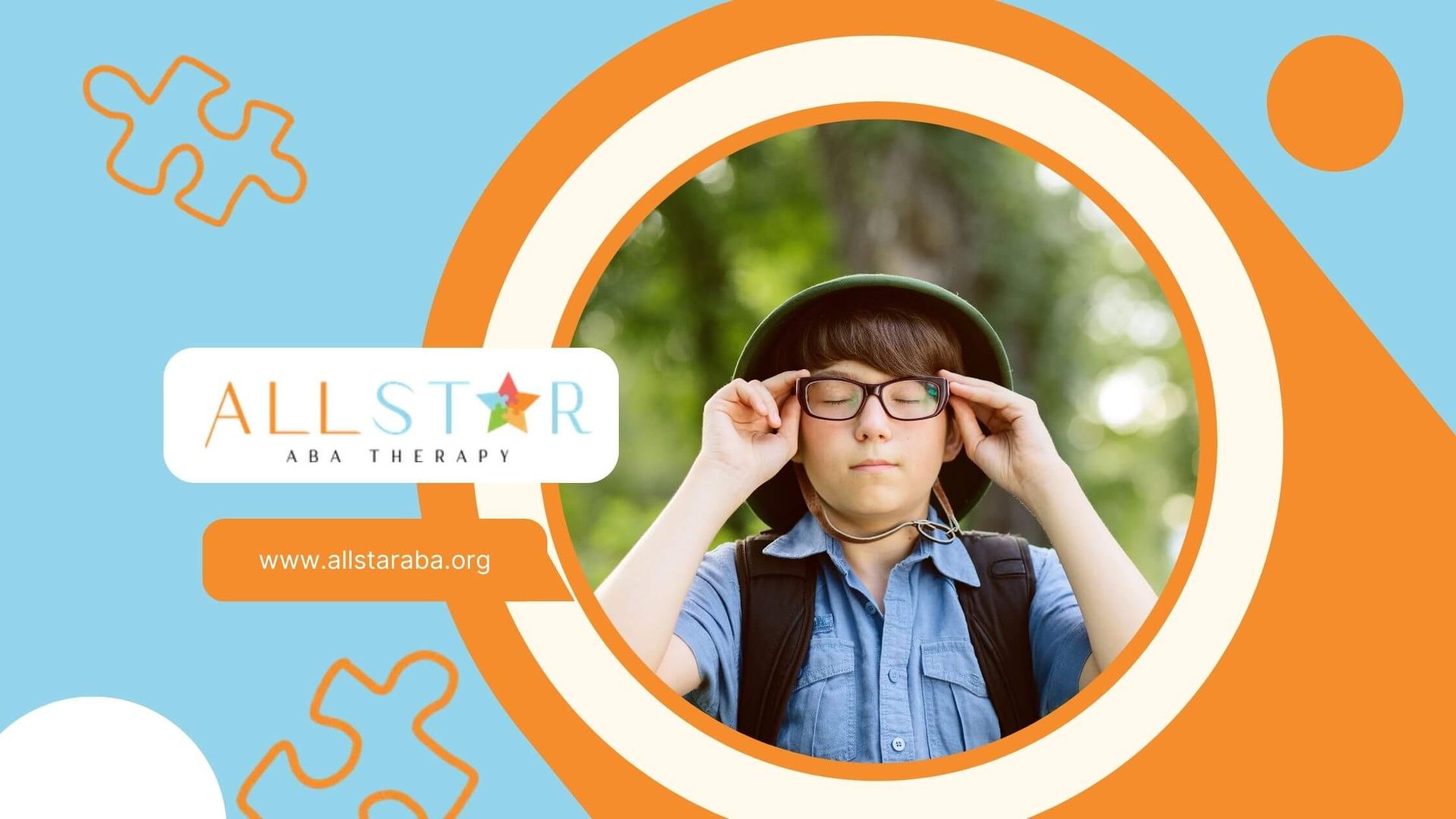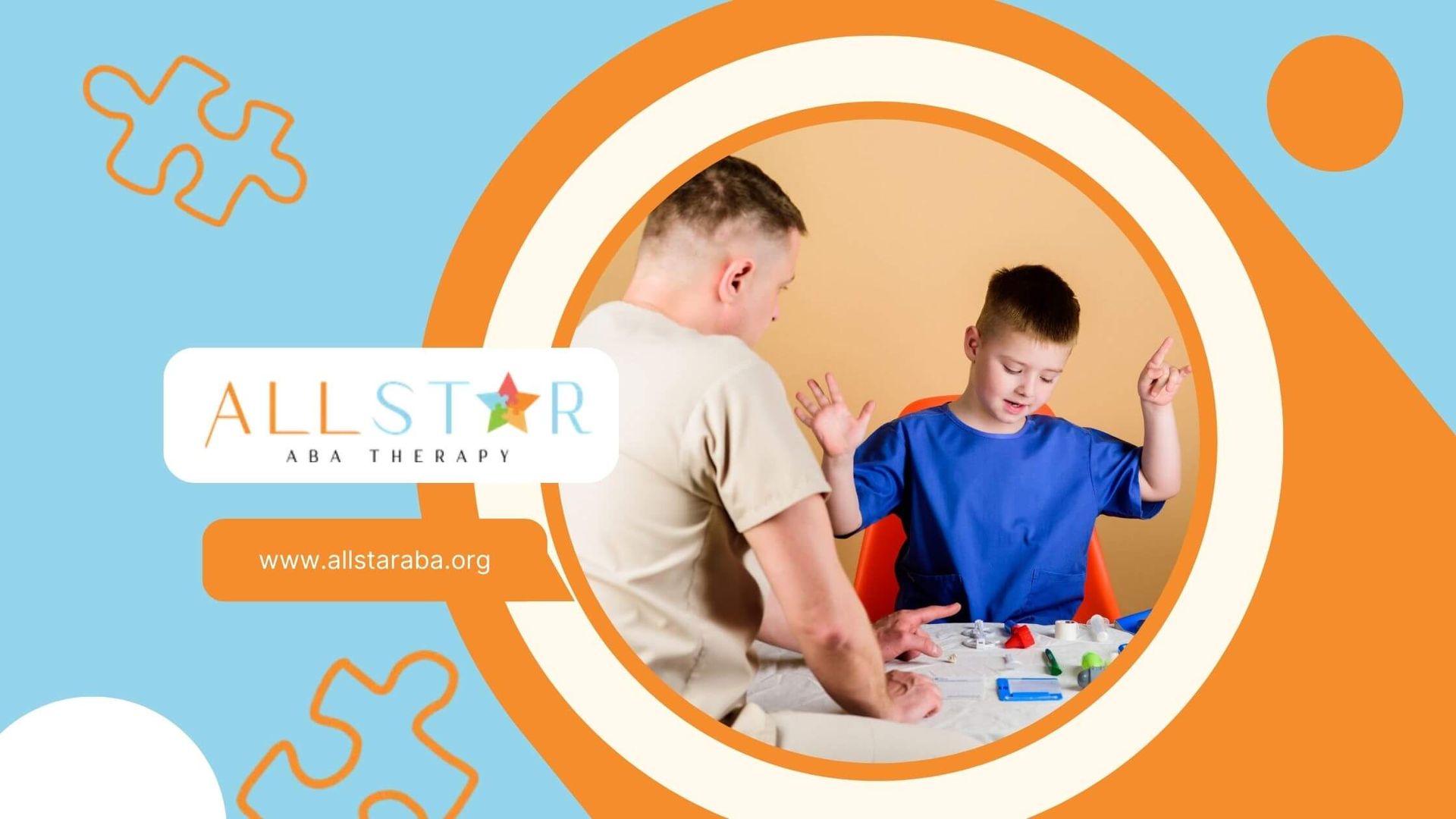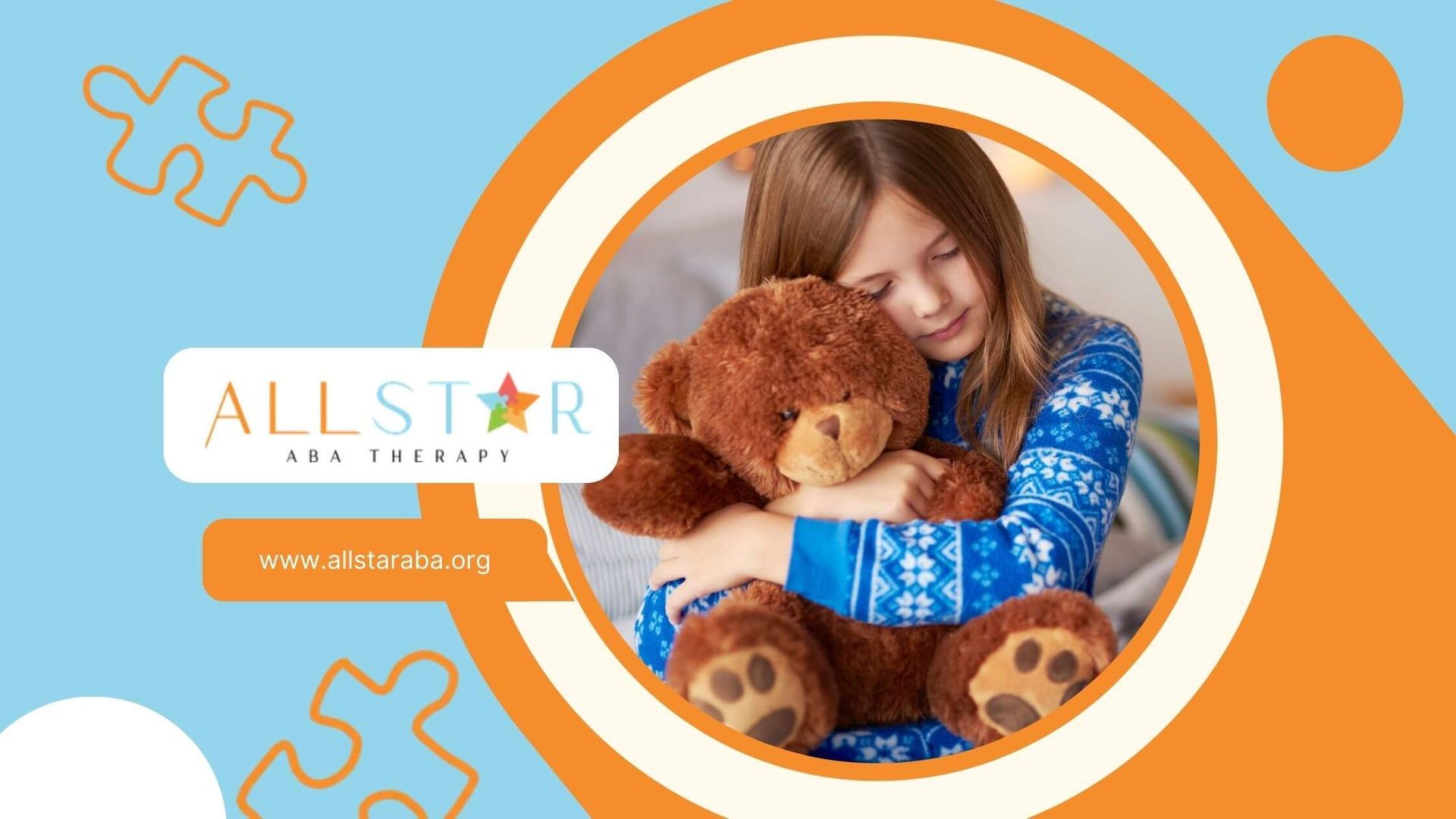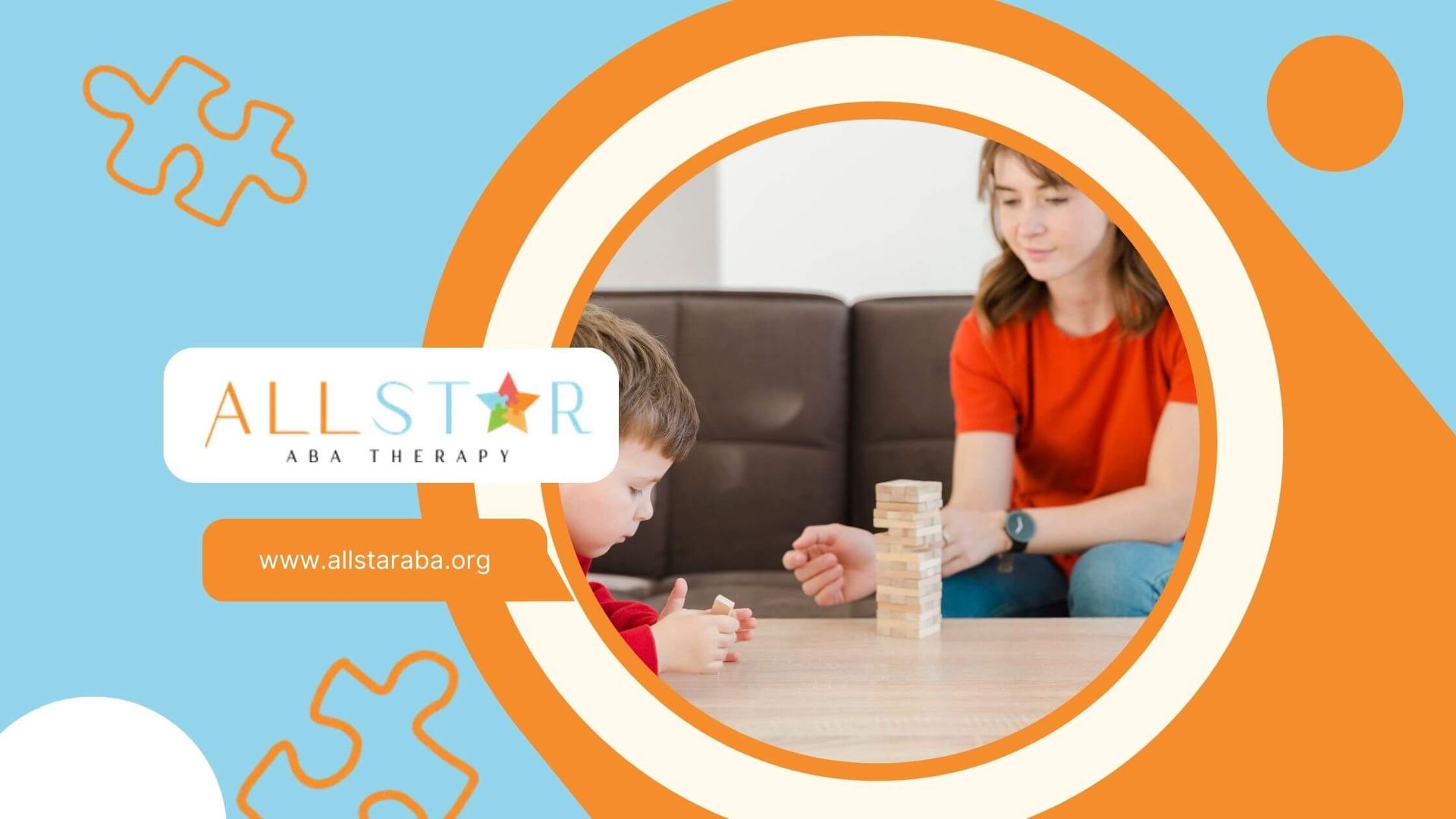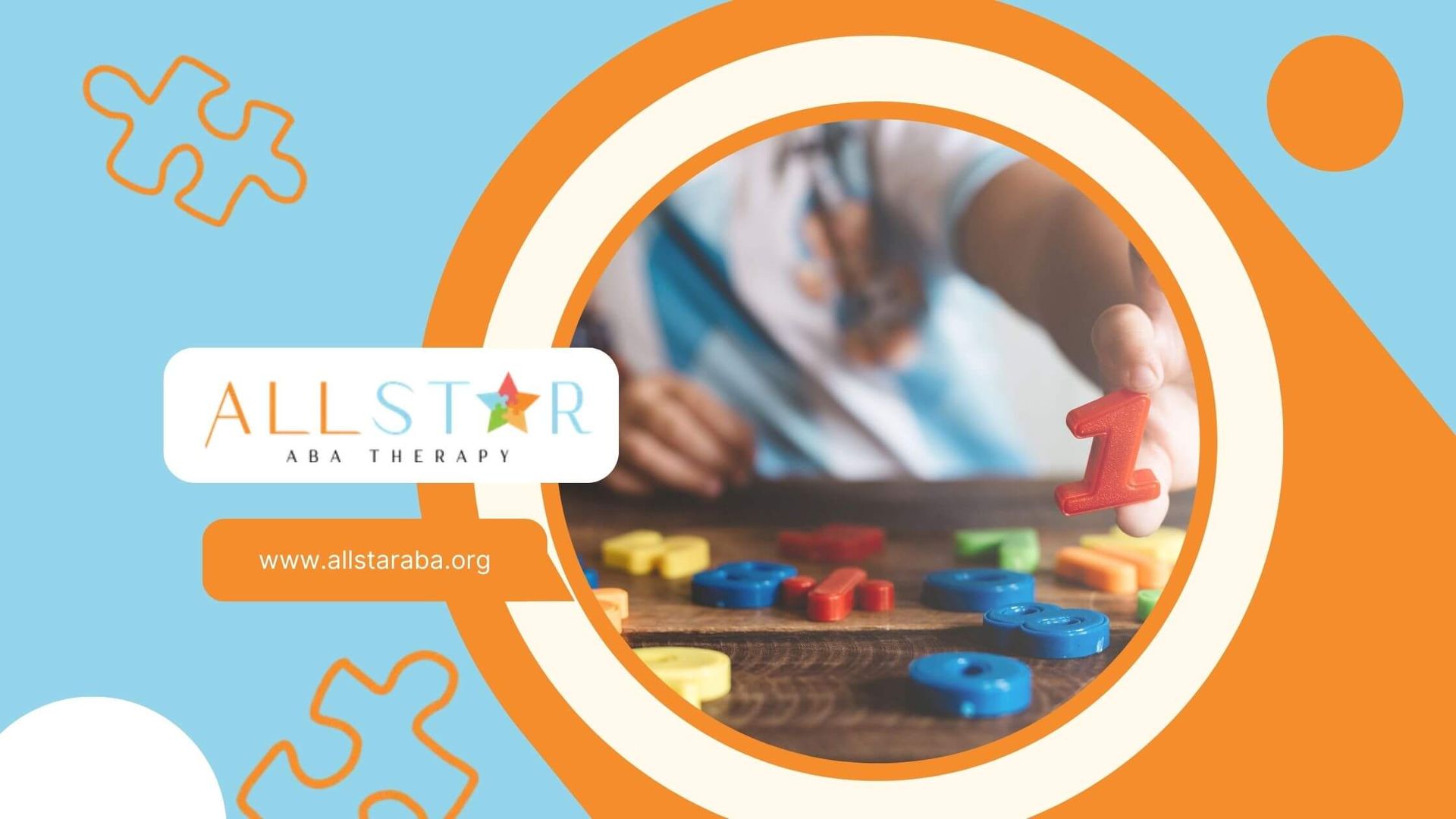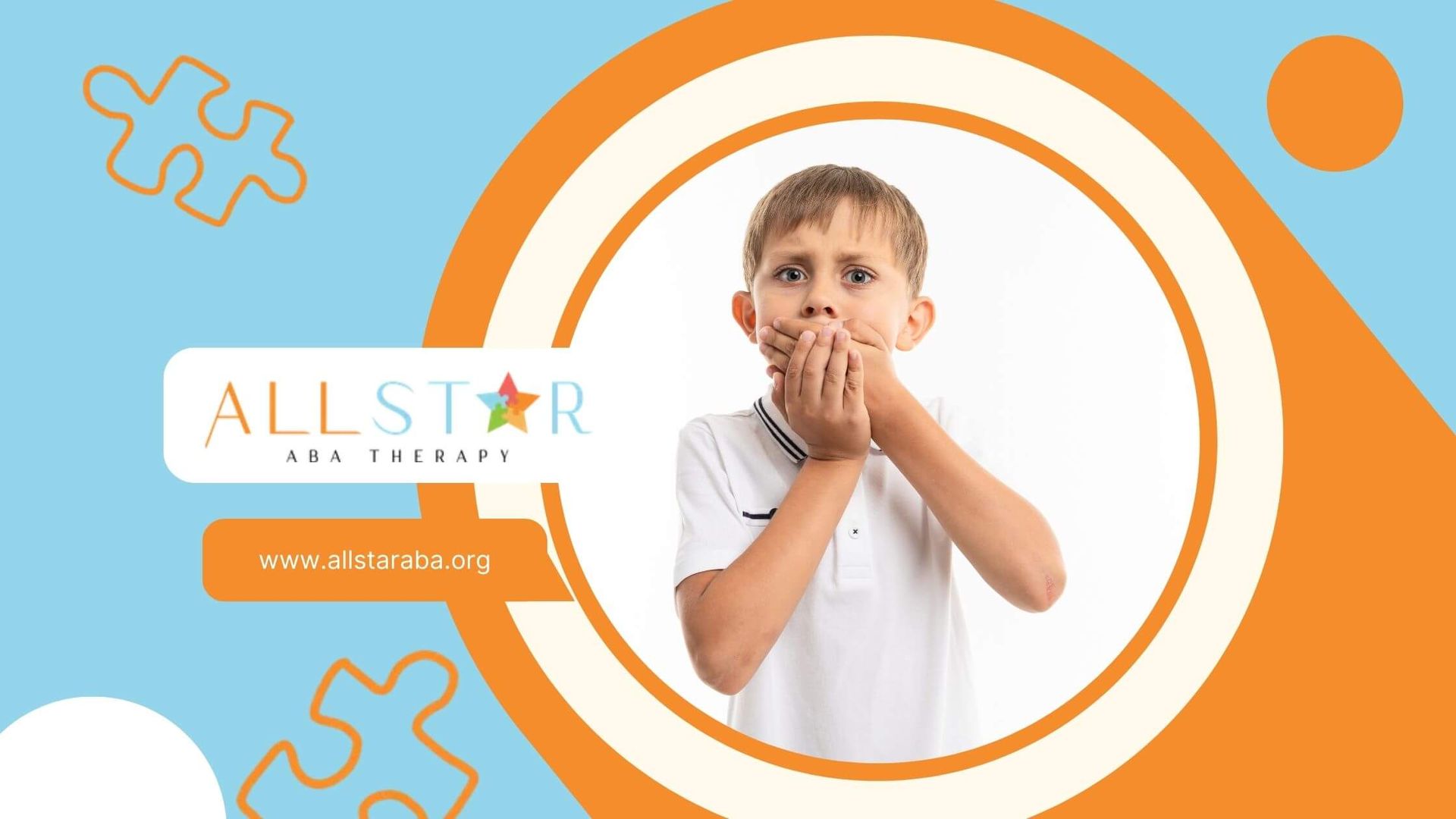New Paragraph
How ABA Therapy Works: The 4 Stages of Learning, Explained
Understanding the Generalization Stage
Generalization helps children transfer skills to new situations, demonstrating adaptability and independent use of learned behaviors. This stage is critical because some children may only demonstrate a skill in one specific setting if not taught to generalize.
Key Techniques Used in the Generalization Stage
- Varying Locations – Practicing the skill in different settings (home, school, community).
- Introducing Different People – Encouraging the child to use the skill with various individuals (therapists, teachers, peers, family members).
- Changing Instructions and Materials – Using different wording, objects, or scenarios to ensure adaptability.
Example of the Generalization Stage in ABA Therapy
A child who learned to request a snack during ABA sessions can now ask for food at home, at a restaurant, and at school, using different phrases or gestures.
Conclusion
Understanding the four stages of learning in ABA—acquisition, fluency, maintenance, and generalization—can help parents support their child’s development more effectively. Each stage builds upon the previous one, ensuring that children gain meaningful skills they can use in daily life.
At All Star ABA, our experienced therapists guide children through these stages with personalized, compassionate care. If you're looking for expert ABA services that prioritize long-term success, contact All Star ABA today to learn how we can help your child thrive.
FAQs
How long does each stage of learning take?
The duration of each stage varies depending on the child’s individual needs and the complexity of the skill being taught. Some skills may progress through the stages quickly, while others take months of practice.
Can a child move back and forth between stages?
Yes, sometimes a child may need to revisit earlier stages if a skill weakens or if additional reinforcement is needed.
What role do parents play in these learning stages?
Parents are crucial in maintaining and generalizing skills. Practicing at home, reinforcing skills in natural settings, and collaborating with therapists can make a significant difference in progress.
Sources:
https://autismspectrumnews.org/improving-the-generalization-of-skills-in-learners-with-autism/
https://www.sciencedirect.com/science/article/abs/pii/S1750946710001327
https://pmc.ncbi.nlm.nih.gov/articles/PMC2995517/
https://pmc.ncbi.nlm.nih.gov/articles/PMC7187421/
https://onlinelibrary.wiley.com/doi/full/10.1002/bin.1778
Understanding the Generalization Stage
Generalization helps children transfer skills to new situations, demonstrating adaptability and independent use of learned behaviors. This stage is critical because some children may only demonstrate a skill in one specific setting if not taught to generalize.
Key Techniques Used in the Generalization Stage
- Varying Locations – Practicing the skill in different settings (home, school, community).
- Introducing Different People – Encouraging the child to use the skill with various individuals (therapists, teachers, peers, family members).
- Changing Instructions and Materials – Using different wording, objects, or scenarios to ensure adaptability.
Example of the Generalization Stage in ABA Therapy
A child who learned to request a snack during ABA sessions can now ask for food at home, at a restaurant, and at school, using different phrases or gestures.
Conclusion
Understanding the four stages of learning in ABA—acquisition, fluency, maintenance, and generalization—can help parents support their child’s development more effectively. Each stage builds upon the previous one, ensuring that children gain meaningful skills they can use in daily life.
At All Star ABA, our experienced therapists guide children through these stages with personalized, compassionate care. If you're looking for expert ABA services that prioritize long-term success, contact All Star ABA today to learn how we can help your child thrive.
FAQs
How long does each stage of learning take?
The duration of each stage varies depending on the child’s individual needs and the complexity of the skill being taught. Some skills may progress through the stages quickly, while others take months of practice.
Can a child move back and forth between stages?
Yes, sometimes a child may need to revisit earlier stages if a skill weakens or if additional reinforcement is needed.
What role do parents play in these learning stages?
Parents are crucial in maintaining and generalizing skills. Practicing at home, reinforcing skills in natural settings, and collaborating with therapists can make a significant difference in progress.
Sources:
https://autismspectrumnews.org/improving-the-generalization-of-skills-in-learners-with-autism/
https://www.sciencedirect.com/science/article/abs/pii/S1750946710001327
https://pmc.ncbi.nlm.nih.gov/articles/PMC2995517/
https://pmc.ncbi.nlm.nih.gov/articles/PMC7187421/
https://onlinelibrary.wiley.com/doi/full/10.1002/bin.1778

Applied Behavior Analysis (ABA) therapy is a powerful tool that helps children with autism build essential skills. One of the core principles of ABA is its structured approach to learning, which progresses through four key stages. These stages—acquisition, fluency, maintenance, and generalization—guide a child’s journey from learning a new skill to applying it in real-world situations.
For many families, understanding these stages can provide clarity on how ABA therapy works and what to expect as their child progresses.
At All Star ABA, we’ve had the privilege of working with many families as their children progress through the stages of learning. One such child, Oliver (name changed for privacy), struggled with basic communication. When he first started ABA therapy, he had difficulty expressing his needs and often became frustrated.
In the acquisition stage, his therapist introduced simple sign language gestures for "more" and "help." Through structured teaching and positive reinforcement, Oliver gradually learned these signs. As he moved into the fluency stage, he began using them more naturally, without hesitation. With continued practice, he maintained this skill across different settings, and eventually, he generalized it—using signs not just in therapy sessions but at home, in school, and with friends.
Oliver’s progress highlights how the four stages of learning help children with autism develop meaningful, lasting skills. Now, let’s break down each stage in detail.
The Four Stages of Learning in ABA
1. Acquisition Stage: Learning a New Skill
The first stage, acquisition, is when a child is introduced to a new skill for the first time. In ABA, therapists use structured teaching methods to help children understand and practice the new behavior.
Understanding the Acquisition Stage
During this stage, the skill being taught is brand new to the child, and they require direct instruction, modeling, and reinforcement. Therapists break down tasks into smaller steps to ensure comprehension. This is where error correction is introduced, helping the child recognize mistakes and learn the correct response.
Key Techniques Used in the Acquisition Stage
- Prompting and Modeling – Therapists provide guidance through verbal, physical, or visual prompts to teach the skill.
- Reinforcement – Encouraging correct responses through rewards, praise, or preferred activities.
- Error Correction – When a mistake is made, ABA therapists help correct it in a way that encourages learning without frustration.
Example of the Acquisition Stage in ABA Therapy
A child learning to brush their teeth for the first time may require hand-over-hand guidance. The therapist models each step, reinforcing correct attempts and adjusting strategies based on the child’s response. Over time, prompts are faded as the child gains confidence.
2. Fluency Stage: Improving Speed and Accuracy
Once a child can perform a skill with some assistance, the goal is to make it faster and more accurate. Fluency means being able to complete the task smoothly without hesitation.
Understanding the Fluency Stage
Fluency is about refining a learned skill so that it becomes second nature. At this stage, children should begin demonstrating improved response time and accuracy in performing the skill. This is crucial for skills that require quick reactions, such as conversational responses or functional daily activities.
Key Techniques Used in the Fluency Stage
- Repetition and Drills – The child practices the skill frequently to improve speed and efficiency.
- Time Trials – Therapists may use timed activities to encourage faster responses.
- Reduced Prompts – Gradual fading of prompts to encourage independence.
Example of the Fluency Stage in ABA Therapy
A child who has learned to say “hello” when greeted may initially take several seconds to respond. During fluency training, they practice responding more quickly until it becomes an automatic behavior.
3. Maintenance Stage: Retaining Learned Skills Over Time
The maintenance stage ensures that a skill remains intact even after it is no longer directly taught in therapy. This stage is essential because children with autism may sometimes struggle to retain newly learned behaviors.
Understanding the Maintenance Stage
In this phase, skills are reinforced periodically to ensure they do not fade away. Parents and caregivers play a crucial role in maintaining learned skills at home by incorporating them into daily routines.
Key Techniques Used in the Maintenance Stage
- Periodic Review – Revisiting the skill at regular intervals to prevent regression.
- Natural Reinforcement – Encouraging the skill in real-life settings without structured sessions.
- Spontaneous Opportunities – Prompting the skill naturally rather than in a controlled environment.
Example of the Maintenance Stage in ABA Therapy
A child who learned how to tie their shoes during therapy sessions continues practicing at home until they can do it independently without reminders.
4. Generalization Stage: Applying Skills Across Settings
The final stage, generalization, ensures that a skill is not just performed in therapy but can be used in multiple environments with different people and contexts.
Need Support?
We're Here to Help!
Our experienced team is ready to assist you. Reach out today to discuss how we can support your child's development and well-being.
Get started with expert ABA therapy today.



